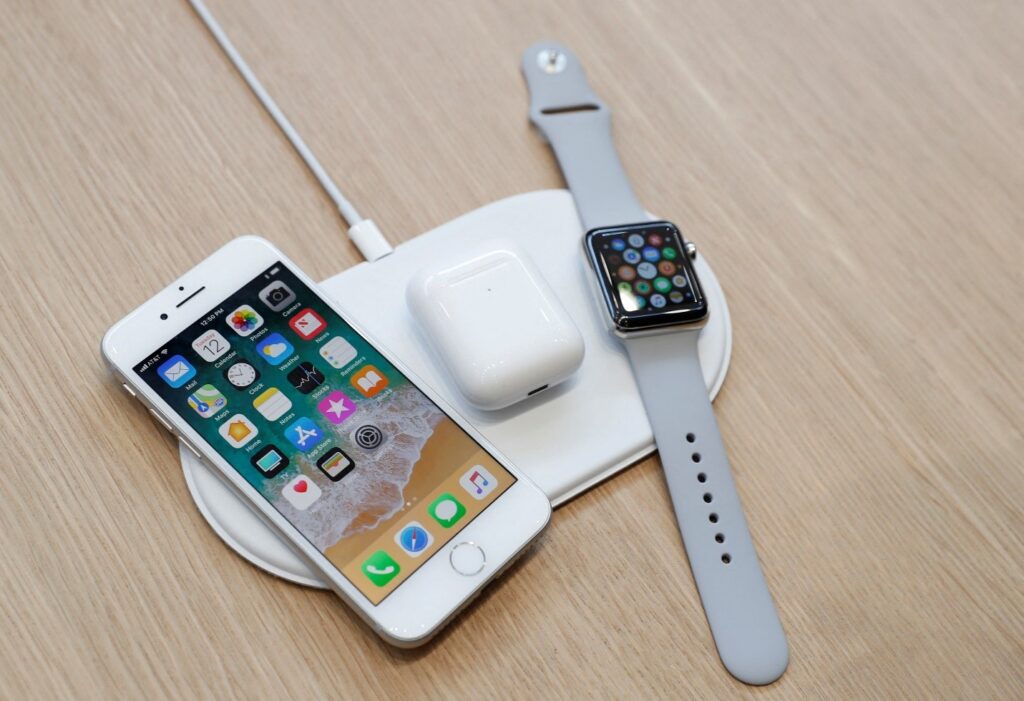Apple adapts to EU guidelines by introducing a new iPhone charger

Apple is expected to introduce a USB-C charging port in its upcoming iPhone, set to be unveiled on September 12th. Presently, Apple employs its proprietary Lightning connector for its phones, in contrast to competitors like Samsung.
This shift towards USB-C aligns with a European Union directive requiring phone makers to adopt a standardised charging connection by December 2024. The aim is to reduce costs for consumers and minimise electronic waste. Notably, most of Apple’s recent products, including the latest iPads, have already embraced USB-C, despite the company’s initial resistance to the EU’s regulation.
Apple had previously argued that rigid regulations mandating a single connector type would stifle innovation rather than promote it, ultimately harming consumers. Nevertheless, Lightning to USB-C adapters are already available from various electronics brands, including Amazon. Additionally, all iPhones since the iPhone 8, launched in 2017, support wireless charging.
This transition away from the Lightning cable, which is currently priced at £19 in the Apple store, may signal the end of an era. It remains uncertain whether this change will be implemented globally or exclusively for the European market. The upcoming iPhone 15 and iPhone 15 Pro, scheduled to debut at Apple’s annual autumn event, are expected to feature a USB-C port.
According to reports from Bloomberg, users will benefit from this shift by being able to use a single charger for iPads, Macs, and iPhones, along with faster download speeds. The EU’s common-charger rule encompasses various portable electronics, including mobile phones, tablets, e-readers, mice, keyboards, GPS devices, headphones, digital cameras, handheld video game consoles, and portable speakers. All of these devices that rely on wired charging will need to incorporate a USB Type-C port, regardless of the manufacturer.
While laptops are also subject to these regulations, manufacturers have more time to make the necessary adjustments. The EU estimates that these measures will save consumers up to €250 million (£213 million) annually on unnecessary charger purchases and reduce electronic waste by 11,000 metric tonnes per year.
